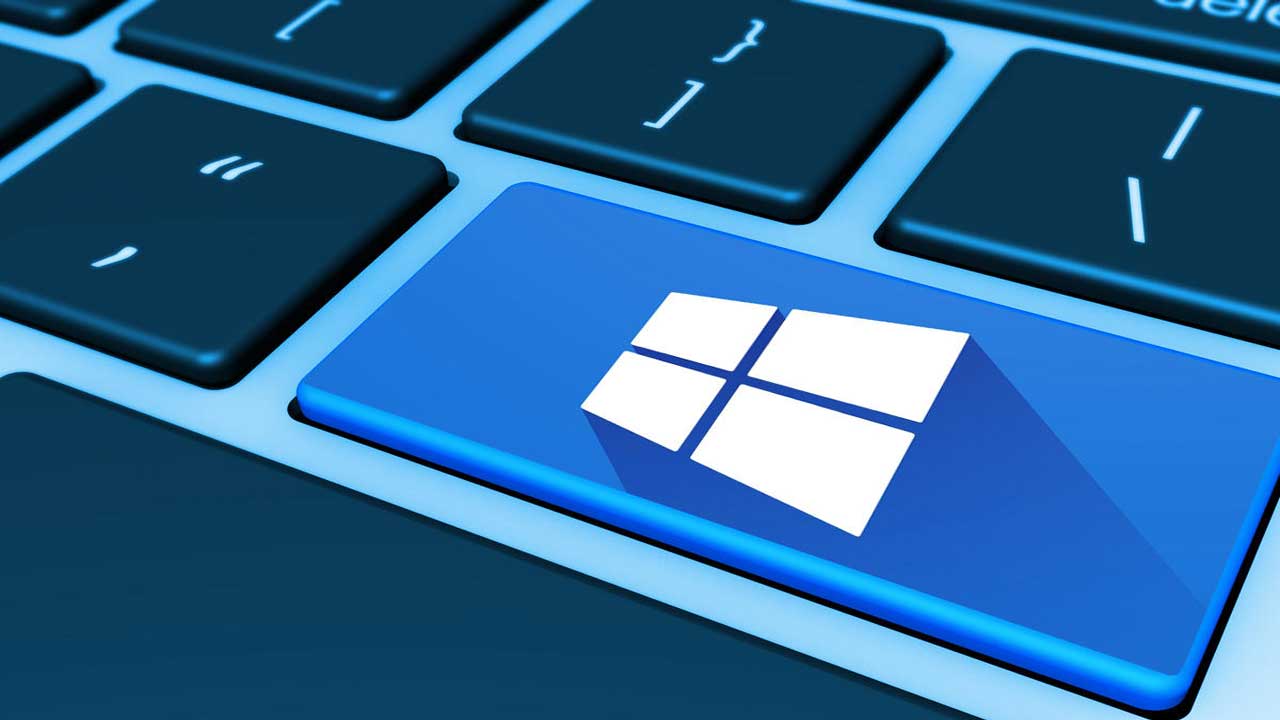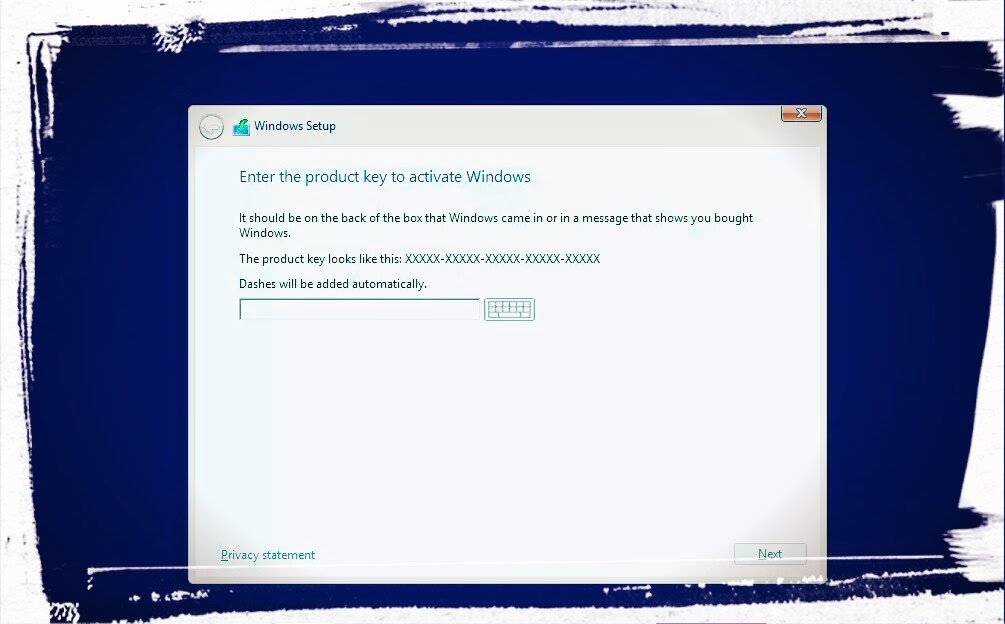Installing or reinstalling Windows 10 on your laptop can be a daunting task, but it’s a necessary one if you want to keep your computer running smoothly. Here are some step-by-step instructions on how to install Windows 10 on your laptop.
Step 1: Backup Your Data
The first and most important step before performing a Windows 10 installation is to backup your personal data. This can include your documents, photos, music, videos, and any other important files you have on your laptop. You can backup your data onto an external hard drive or use cloud storage like Google Drive or Dropbox to keep your files safe.
It’s also a good idea to make a list of all the applications and programs you have installed on your laptop so you can easily reinstall them after the Windows 10 installation is complete.
Step 2: Create a Windows 10 Installation Media
The next step is to create a Windows 10 installation media. This is a USB flash drive or DVD that contains the Windows 10 installation files. To create the installation media, you will need a USB flash drive or a blank DVD with at least 4GB of free space.
To create the installation media, follow these steps:
- Go to the Windows 10 download page.
- Click the “Download tool now” button.
- Run the downloaded file and select “Create installation media for another PC”.
- Select your language, edition, and architecture.
- Select either “USB flash drive” or “ISO file” as the media.
- Follow the prompts to create the installation media.
Step 3: Boot from the Installation Media
Once you have created the installation media, you will need to boot your laptop from the USB flash drive or DVD. To do this, you will need to change the boot order in your laptop’s BIOS settings. The exact steps for changing the boot order may vary depending on your laptop’s manufacturer, but in general, you will need to do the following:
- Insert the USB flash drive or DVD into your laptop.
- Restart your laptop.
- Press the key that takes you to the BIOS settings (usually F2 or Delete).
- Go to the “Boot” tab.
- Select the USB or DVD drive as the first boot device.
- Save the changes and exit the BIOS settings.
Your laptop will now restart and boot from the installation media. You may need to press any key to continue.
Step 4: Install Windows 10
Once your laptop has booted from the installation media, you can begin the Windows 10 installation process. Follow these steps:
- Select your language preferences and click “Next”.
- Click “Install now”.
- Enter your product key or skip this step and enter it later.
- Accept the license terms and click “Next”.
- Select “Custom: Install Windows only (advanced)”.
- Select the hard drive where you want to install Windows 10.
- Click “Next” and wait for the installation to complete.
FAQ
Q: Do I need a product key to install Windows 10?
A: You can install Windows 10 without a product key, but you will need to enter one later to activate it. If you don’t have a product key, you can purchase one from the Microsoft Store.
Q: Will my files be deleted during the Windows 10 installation?
A: Yes, the Windows 10 installation process will remove all your files and installed programs. Make sure to backup your data before installing Windows 10.

